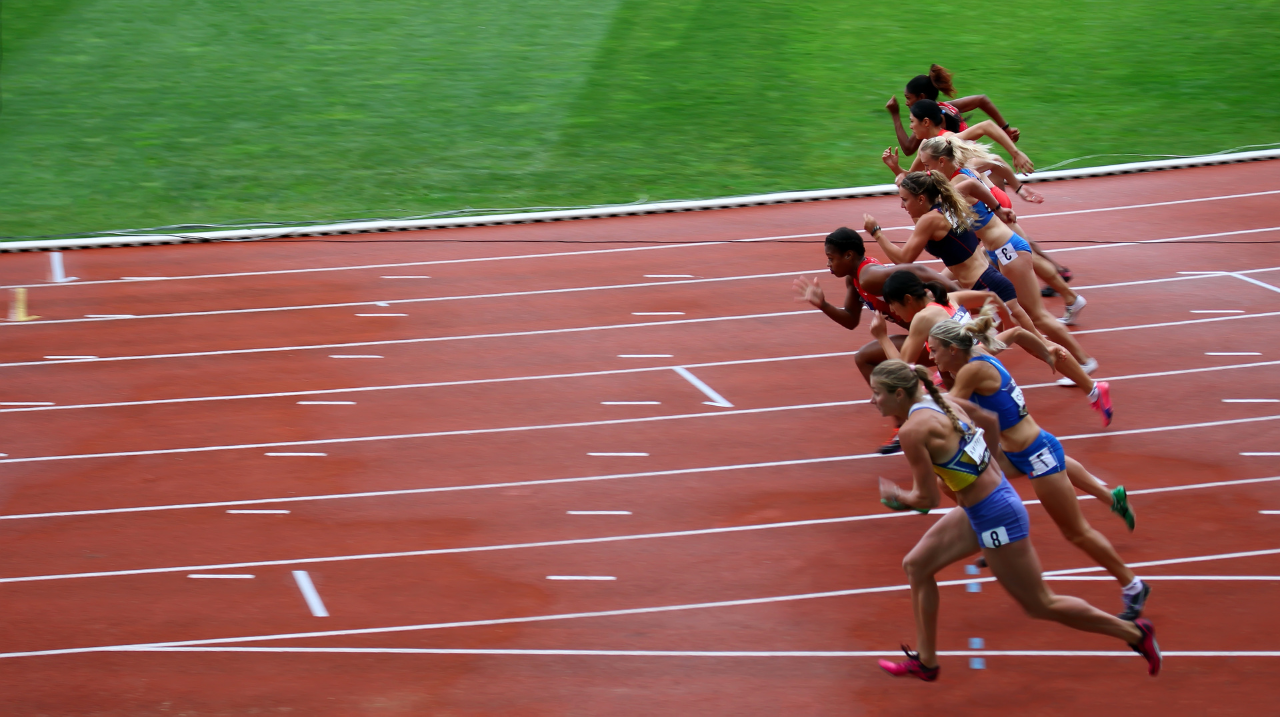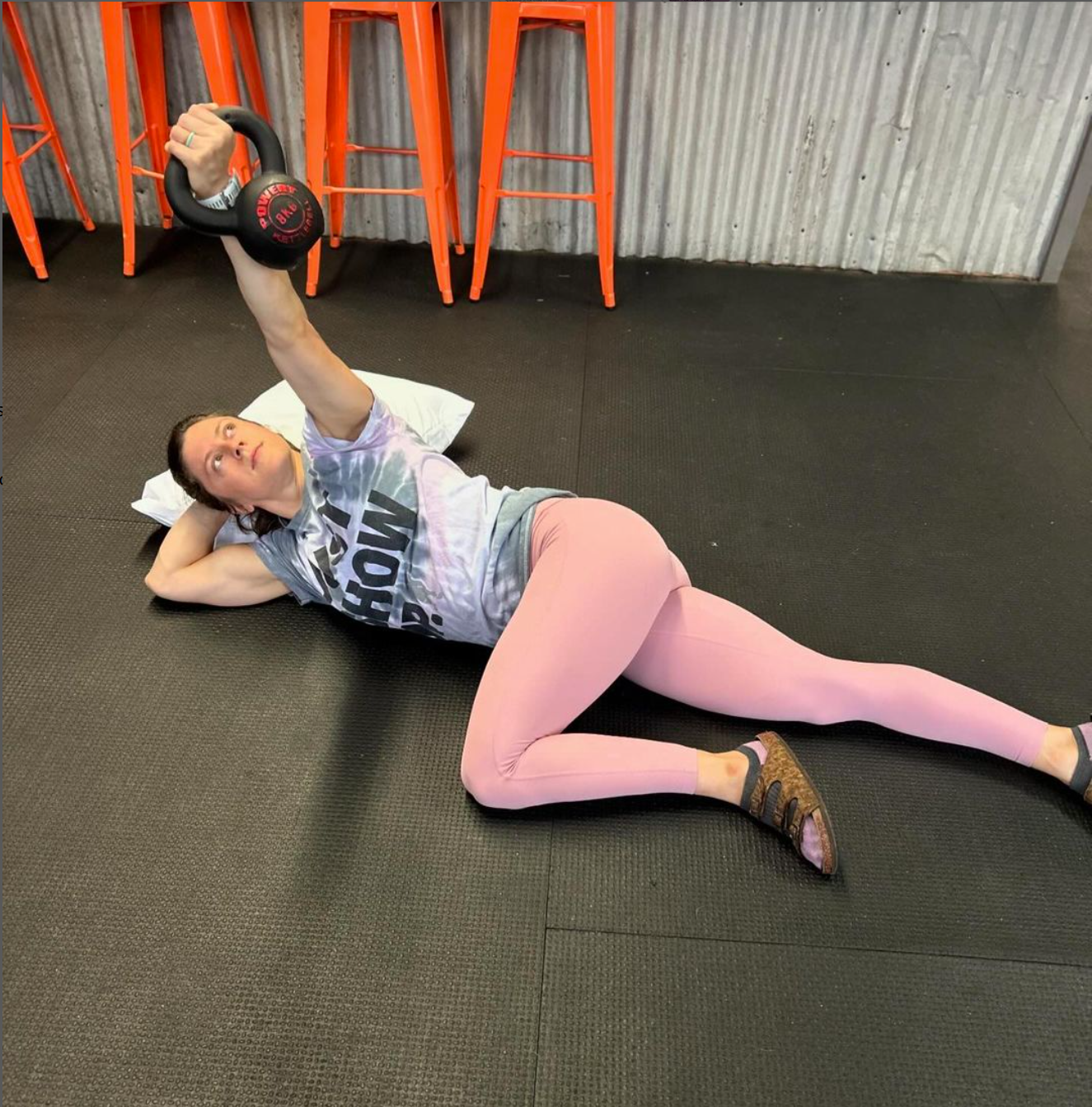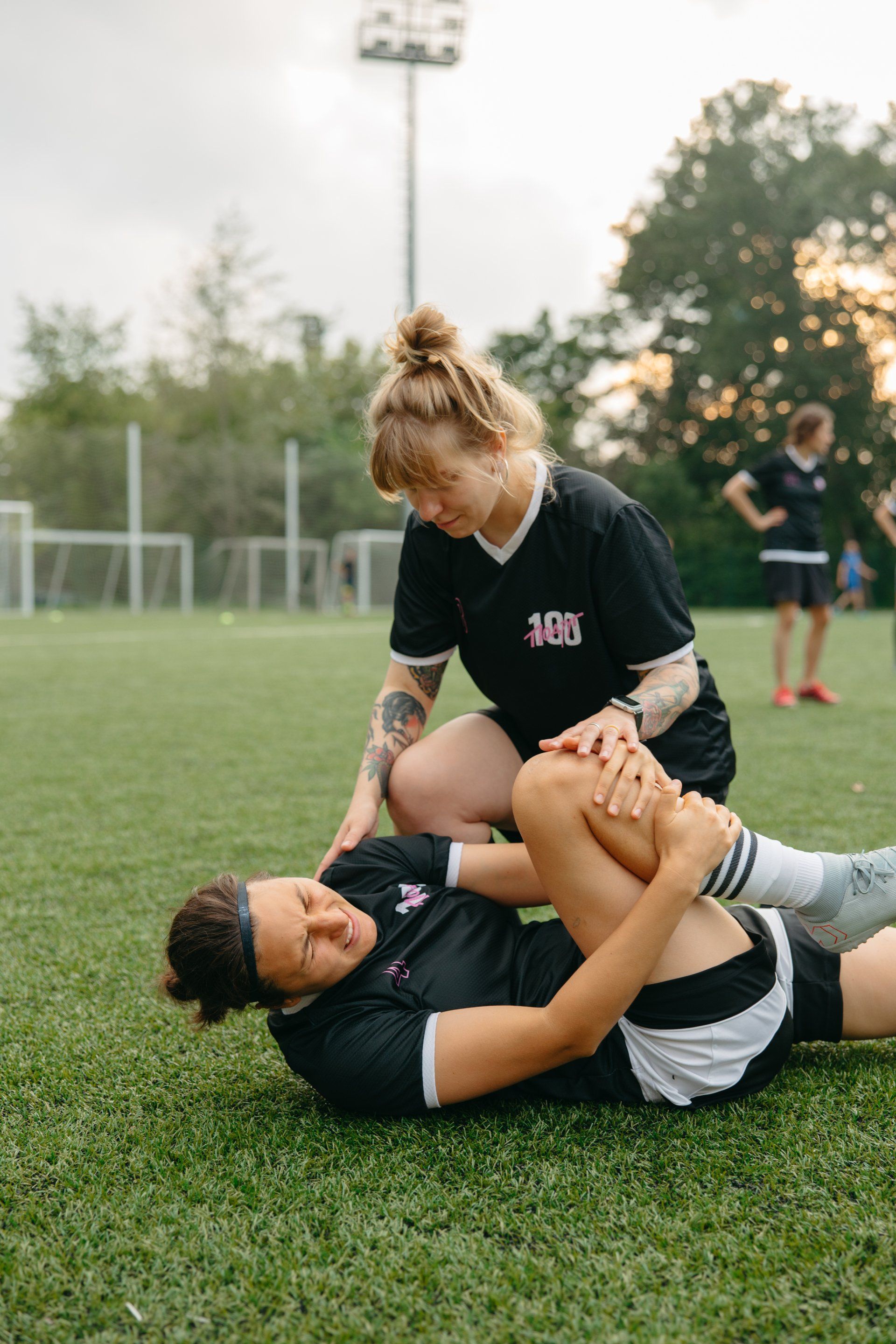Measuring Progress Through Pain
Physical therapy is about overcoming obstacles and working your way back to the life you’ve been missing out on. There may be some discomfort along the way, however knowing if what you are experiencing is “good pain” or “bad pain” may help you reach our goals even sooner. In this blog post, we will explore how to measure progress in physical therapy using pain and alternative metrics to understand how you are progressing. Whether you participate in CrossFit , strength training, team sports or running races , Rebound Performance PT can help you measure and achieve success through physical therapy.
Overcoming Pain: A Key Component of Progress
Pain can be an indicator of progress in physical therapy. As you challenge your body and work through dysfunctional movement patters , you may experience discomfort. However, it's essential to know the difference between good pain and bad pain :
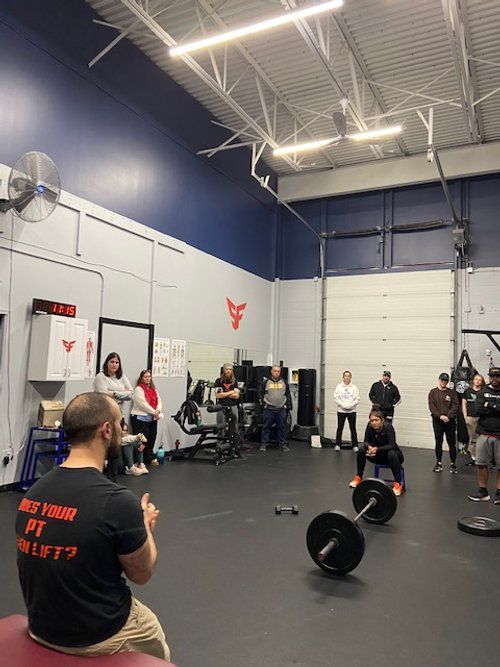
Good pain: Mild to moderate discomfort as your body adapts to new movements and increased demands. We often use the “stoplight of pain” as a measure of what is ok to work through. Given the diagnosis and what the patient is experiencing, we will typically allow the patient to continue with the intervention as long as pain is remaining between 0-4/10 without increasing throughout the set.
Bad pain: Intense, sharp, or persistent pain that may indicate injury or improper technique. If pain is present at 6+/10, the intervention should be modified or ceased.
How To Measure Progress with Pain
A reduction in pain is a clear sign of progress. Creating goals around pain can also improve patient outcomes and achieving these mini goals through the rehab process may be beneficial. Instead of thinking of pain as black and white in the sense of, “I have pain” vs “I have no pain”, using metrics about the pain such as onset, dissipation and when the pain triggers can provide much more information on your recovery. As you progress through physical therapy, your pain levels should decrease and activity level increase. Activity levels typically increase at a much quicker rate than pain level decreases, but some lucky patients start seeing significant improvement in symptoms following their first visit. Here are some ways we measure progress using pain:
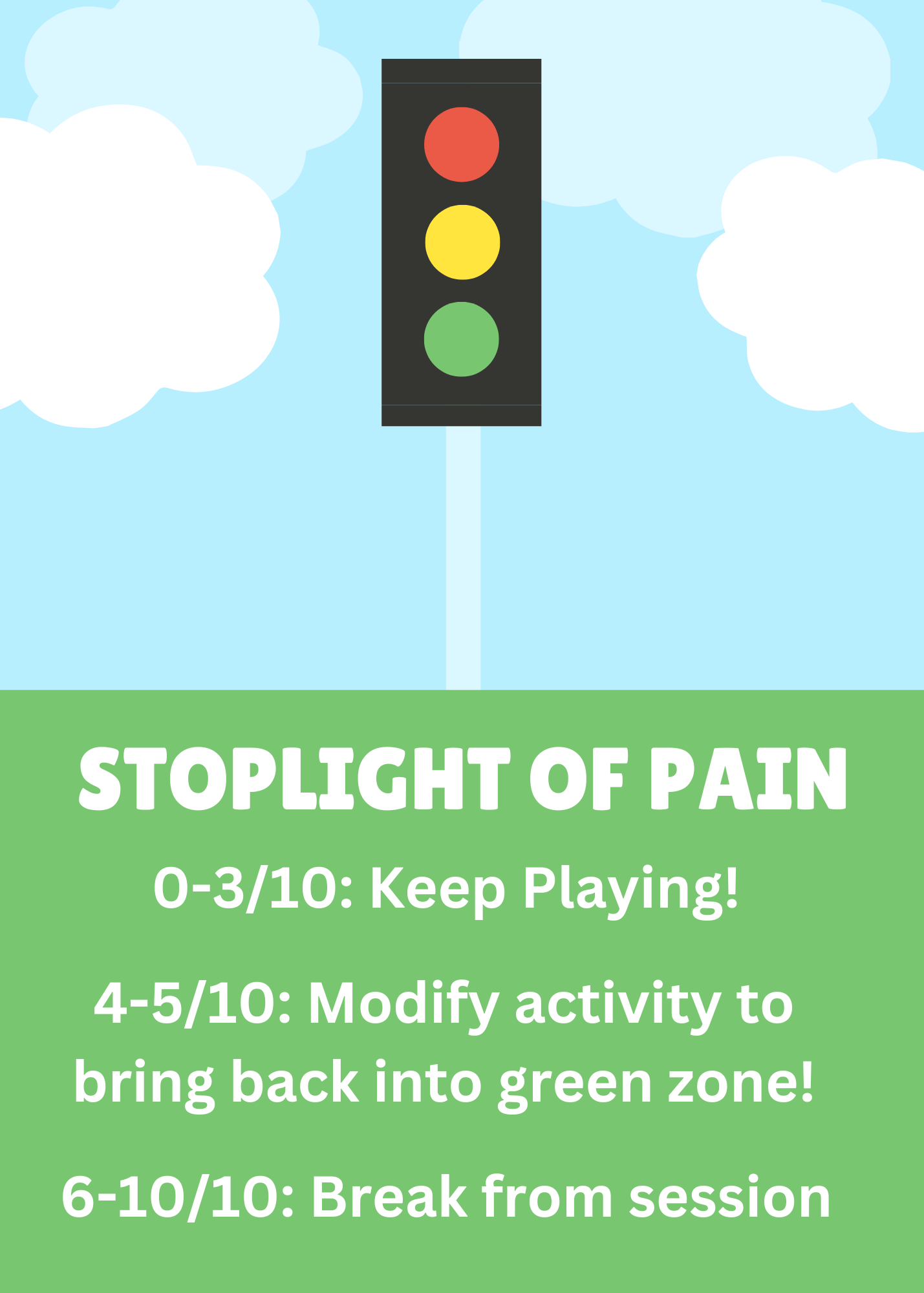
What is your overall pain level daily.
“It used to be a 6/10. Now it’s a 3/10 daily.”
Onset of pain
Does the pain take longer time to come on.
“Pain used to come on at the 2 mile mark. Now I can run 4 miles before onset of pain.”
Dissipation of pain
Does the pain go away more quickly than it used to.
“My back pain used to last for weeks. Now it’s gone within 5 minutes.”
Intensity of pain with specific triggers
Pain intensity with your pain trigger.
“My hip used to hurt every time I would squat. Now I can squat pain-free!”
Alternative Qualities to Measure
In physical therapy, overcoming good pain is crucial in achieving your goals. Here are some alternatives to consider when measuring progress:
- Functional Improvement : Track your ability to perform daily tasks or sports activities more effectively and with less discomfort. For example, if you initially struggled with flexibility and range of motion, but now notice improvement in your capabilities EVEN IF THE PAIN IS STILL THE SAME, that's progress!
- Strength Gains : Measure your strength improvements by comparing your initial abilities to your current performance. Keep a log of your exercises, weights used, and repetitions completed. Exercises can also be progressed through postural positions to increase the stress on the muscles and joints.
- Goal Achievement : Set goals with your PT that are SMART (specific, measurable, achievable, realistic, and time-bound. These goals should be activity based, as they can be for general pain or set around your pain trigger. Monitor your progress towards these goals and adjust them as needed.
The Role of Your Physical Therapist
Physical therapists play a crucial role in helping you measure progress and overcome pain. Your PT should:
- Assess your current condition and create a personalized treatment plan for you that address your preferred movement patterns.
- Teach you the correct form and technique during your pain trigger to prevent injury or increase in your pain.
- Monitor your progress and adjust your plan and goals as you respond to treatment.
- Provide motivation and support throughout your journey :)
At
Rebound Performance PT
, our team of skilled therapists is dedicated to helping you overcome pain and achieve your goals. Whether you're recovering from an
injury
or looking to improve your performance within your sport, we're here to guide you every step of the way.
In conclusion, measuring progress in physical therapy requires a combination of functional improvement, strength gains, pain reduction, and goal achievement. Embracing pain as part of the process and seeking the guidance of a skilled physical therapist can make all the difference in your journey. Remember, the road to recovery may be physically and emotionally challenging, but with perseverance and determination, you can overcome pain and achieve the life you have been seeking.



